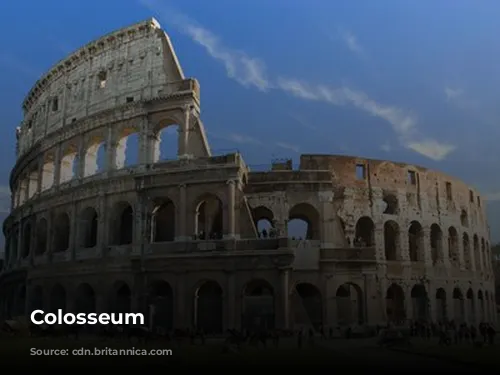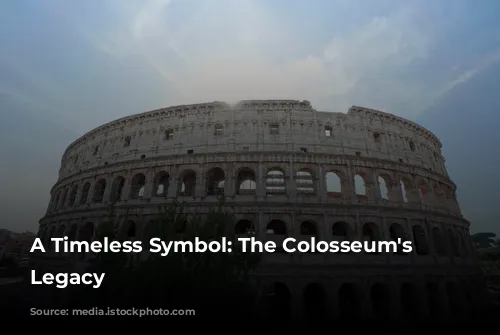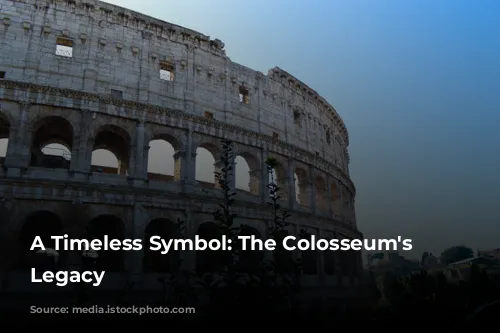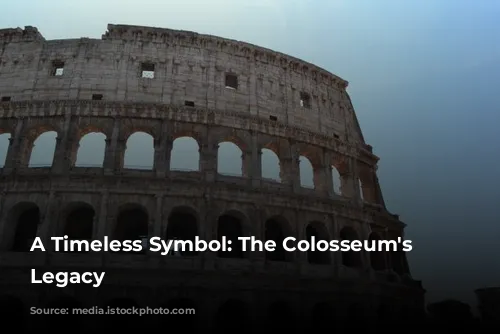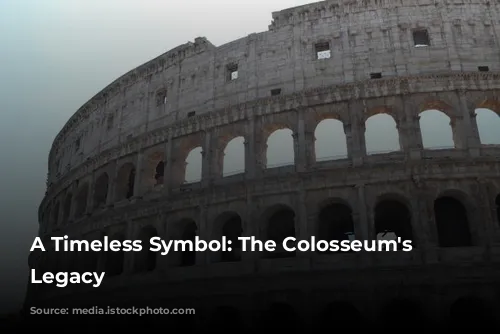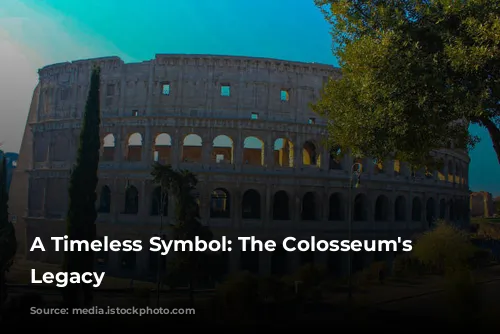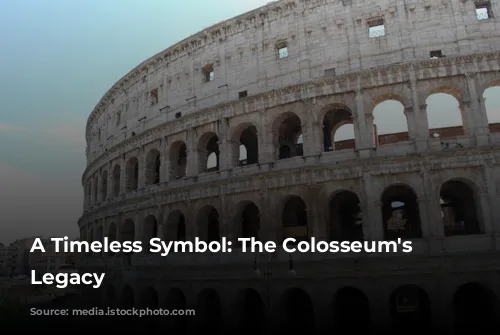The Colosseum, a majestic relic of the Roman Empire, stands as a testament to the architectural brilliance and engineering prowess of ancient Rome. Its towering presence, one of the few mostly intact structures from that era, continues to captivate visitors and draw millions of tourists each year. This iconic monument, a major contributor to Italy’s tourism revenue, is a reminder of a glorious past, a time when Rome ruled the world.
A Monument to Power and Entertainment
The Colosseum, along with the Roman Forum and Palatine Hill, generated over €53.8 million in tourism revenue in 2018, cementing its status as Italy’s top tourist attraction. This enduring popularity reflects the Colosseum’s unparalleled historical significance and its ability to captivate visitors with its grandeur. The story of the Colosseum is interwoven with the history of the Roman Empire, a time of political and social upheaval.
Construction of the Colosseum, a massive amphitheater, began under the reign of Emperor Vespasian, between 70 and 72 CE, as a symbol of Roman power and resilience. The tumultuous year of the four emperors, 69 CE, had left the Roman Empire in a state of chaos, and Vespasian’s reign marked a period of reconstruction and revitalization. Following the tumultuous year of the four emperors, Vespasian, like other Roman emperors before him, sought to provide entertainment for the Roman populace, using the Colosseum as a stage for gladiatorial combat, animal hunts, and even mock naval battles.
The Colosseum, completed and dedicated in 80 CE by Vespasian’s son and successor, Titus, became a symbol of Roman imperial might and a testament to the engineering skills of Roman architects. Its construction, funded by plunder from the sack of Jerusalem, was carried out by enslaved Jews from Judaea, adding a dark chapter to its history. This powerful symbol of Roman imperial power was built using materials from conquered lands and the labor of enslaved people, leaving an undeniable mark on the Colosseum’s history. The Colosseum’s fourth story, added by Emperor Domitian in 82 CE, further solidified its status as a lasting symbol of Roman power.
A Colossal Structure with a Rich History
The Colosseum, also known as the Flavian Amphitheatre, is an elliptical structure of stone, concrete, and tuff, standing four stories tall at its highest point. Its imposing size, measuring 620 by 513 feet (189 by 156 meters), accommodated up to 50,000 spectators, making it a grand venue for public spectacle and entertainment. Its construction, an intricate network of barrel vaults and groin vaults, set it apart from earlier amphitheaters, which were often dug into hillsides for support.
The Colosseum’s exterior is a visual feast, showcasing the three classical orders of architecture: Doric, Ionic, and Corinthian. The structure’s rising arrangement of columns, a distinctive feature, became a model for Renaissance architects, influencing the development of architectural design for centuries. The Colosseum’s interior was also a marvel of engineering, featuring a retractable awning known as a velarium, which protected spectators from the sun. The velarium, supported by masts that extended from the upper story, required the skills of Roman sailors to manipulate its rigging, highlighting the ingenuity of Roman engineering.
The Colosseum, a testament to the grandeur and might of the Roman Empire, has witnessed a wide range of events, from gladiatorial combat and animal hunts to mock naval battles. However, the arena’s role in the martyrdom of early Christians remains uncertain.
Through the Ages: A Witness to History’s Passage
As the Roman Empire declined, the Colosseum fell into disrepair, succumbing to the ravages of time and neglect. The 12th century saw the Colosseum repurposed as a fortress by prominent Roman families, the Frangipane and Annibaldi, a testament to the changing uses of the once-mighty arena. In the late 15th century, Pope Alexander VI allowed the Colosseum to be stripped of its marble for use in other construction projects, reducing it to a quarry, a tragic symbol of the Colosseum’s decline.
Despite the ravages of time, the Colosseum endured, serving as a reminder of a bygone era. In the 19th century, preservation efforts began in earnest, with notable contributions from Pope Pius VIII. The 1990s saw the launch of a major restoration project, a testament to the continued fascination with this iconic monument.
The Colosseum, a monument to ancient Roman power and entertainment, continues to captivate visitors from around the world, attracting over seven million annually. Regular exhibitions celebrating ancient Roman culture further enhance the visitor experience, ensuring that the Colosseum remains a vibrant and inspiring symbol of a glorious past. The Colosseum, a timeless symbol of Rome’s legacy, continues to inspire awe and wonder in all who visit, reminding us of the enduring power of human ingenuity and the enduring legacy of the Roman Empire.


